Top Data Analytics Tools for Business Leaders
In today’s fast-moving corporate environment, making informed decisions can mean the difference between leading the market or falling behind. The Data Analytics Tools for Business Leaders have become essential assets. They help executives turn raw data into useful insights, spot trends before competitors, & guide their teams with confidence. The blog explores some of the top data analytics tools for business leaders in 2025, showing how each can help executives make smarter decisions across marketing, operations, finance & more.
Why Business Leaders Should Embrace Data Analytics Tools for Business Leaders
The business leaders often work with high-level strategy, but to chart the right course, they need a steady flow of reliable real-time insight. The Data Analytics Tools for Business Leaders enable non-technical executives to
Monitor key performance indicators (KPIs) with dashboards.
Ask ad hoc questions of their data using easy interfaces.
Spot unusual trends & act fast.
Forecast future trends with predictive models.
Align departments around shared data & metrics.
90% of organizations report measurable value from data & analytics investments. The businesses that move from basic reporting to advanced analytics see profit boosts of 50 to 80%.
These tools are not suitable for every leader. The next section compares some of the most useful & accessible tools today.
Leading Data Analytics Tools for Business Leaders
Power BI
The Microsoft tool Power BI offers strong visual analytics with tight integration to Excel & other Microsoft services. They are easy for business users to learn while supporting deeper analytics for data teams.
Strengths
The rich dashboards provide clear visuals.
The real-time data refresh keeps information up-to-date.
The familiar interface is easy for Excel users.
Limitations
They may have slower performance with very large datasets.
They need premium licensing for some advanced features.
Tableau
The tool Tableau is widely respected for analytics. The drag-and-drop interface helps business leaders turn complex data into simple visual stories.
Strengths
The flexible visualizations make data easy to understand.
The many connectors help work with different data sources.
The strong community provides learning support.
Limitations
They are expensive for large teams.
They have a steeper learning curve for advanced tasks.
Looker
The Google Cloud tool Looker is made for embedded analytics & modern BI. The tool works well for organizations already using cloud systems.
Strengths
The tool works with SQL & modern data systems.
The embedded analytics can be used in apps or portals.
The strong API allows extra features.
Limitations
They may be too much for small or mid-size organizations.
They need a modeling layer (LookML), which takes time to learn.
Domo
The cloud-native platform Domo is made for business users. The tool focuses on ease of use & collaboration.
Strengths
The drag-and-drop interfaces are easy for beginners.
The pre-built connectors work with many systems.
The real-time alerts & mobile access help track performance.
Limitations
The cost increases with more data & users.
The custom analytics features may need advanced skills.
Sisense
The platform Sisense combines no-code & pro-code analytics, making it usable by executives & data engineers.
Strengths
The platform scales with large data volumes.
The AI-assisted insights help find patterns fast.
The custom embedding allows integration in apps.
Limitations
They need technical setup for some features.
The learning curve is steep for custom models.
Python/R Tooling (e.g., Pandas, NumPy, ggplot2)
The open-source tools Python & R are key for analysis. The tools help business leaders who work with data teams to gain deeper insights.
Strengths
The tools offer full flexibility for custom analysis.
The large library collection covers ML, charts & statistics.
The tools have no license cost.
Limitations
They need technical skill to use.
They are not directly usable by non-analysts.
Emerging Tools AI-First Analytics
The newer tools use AI & natural language. The leaders can ask questions in plain English & get insights instantly. The platforms include Powerdrill Bloom, Julius AI & Snowflake Intelligence.
Strengths
The tools have low entry barriers.
The insights appear faster.
The conversational interface makes it simple.
Limitations
They are still developing reliability.
They may lack deep customization.
Comparing Top Tools: A Quick Reference
| Tool/Platform | Best For | Strengths | Possible Challenges |
|---|---|---|---|
| Power BI | Microsoft users | Easy-to-use, real-time dashboards | Slower with very large datasets |
| Tableau | Visual storytelling & exploration | Rich visuals, many connectors | Expensive, learning curve |
| Looker | Cloud analytics | Embeddable, modern stack integration | Needs modeling layer |
| Domo | Business dashboards | User-friendly, mobile, real-time alerts | Scaling cost, custom limits |
| Sisense | Analyst & executive mix | Scalable, AI insights, embedding | Setup complexity |
| Python/R | Deep custom analytics | Flexible, many libraries | Technical skills needed |
| AI-First Tools (Bloom) | Fast insights, conversational | Natural language, guided analytics | Maturity & robustness |
The table helps leaders quickly pick tools for their needs & trade-offs.
How to Choose the Right Data Analytics Tools for Business Leaders
Align with your data maturity
The organizations just starting should use simple tools like Power BI, Domo & AI-first platforms. The mature data setups can use Looker or Python-based tools.
Consider team composition
The teams, mostly of analysts & engineers, can use Looker or Sisense. The executives using dashboards should choose easy interfaces.
Scalability & future growth
The platforms should grow with data volume & user count. The tools should allow embedding & integrate with future systems.
Security, governance & compliance
The leaders need tools with strong data governance, role-based access & auditing to ensure consistency & compliance.
Real-world Trends in 2025 for Business Leaders & Analytics
The natural language & AI let platforms answer questions in plain English. The embedded analytics in SaaS helps leaders see insights without extra tools. The synthetic data keeps privacy & allows testing. The zero-trust & security-first analytics protect cloud data. The collaboration & data sharing support teamwork, notes & real-time updates.
Best Practices to Get Maximum Value
The key metrics should be 5 to 7 important numbers with dashboards around them. The non-technical users should get training to explore dashboards. The data culture should encourage questions, joint reviews & shared definitions. The dashboards should be simple at first & refined based on usage. The storytelling with visuals should explain data clearly with notes & guided views.

Conclusion
The Data Analytics Tools for Business Leaders are essential for clear strategy, agile operations & staying competitive. Tools like Power BI, Domo & AI-enabled platforms help turn raw data into actionable insight. The leaders should pick tools matching their team, scale carefully, & promote a culture of data-driven decisions. The leaders using data confidently will steer organizations toward sustainable growth and business.


